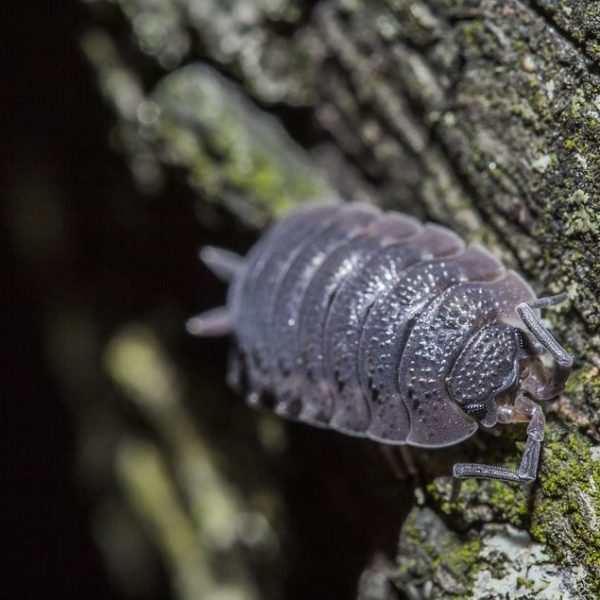Key Facts
- Length: 1.4cm
Common Woodlice feed on mildew and rotting, plants, and can be very numerous in compost heaps or under rocks in the garden.
The Common Woodlouse feeds on dead and decaying matter and is an important nutrient-recycler in the various habitats it lives in. It easily becomes desiccated, so will hide in damp places during the day, especially in hot, dry weather. There are about 30 species of woodlouse in Britain, which range from pink to brown to grey in colour.
How to Identify
Most woodlice species are very difficult to tell apart. The Common Woodlouse has smooth, shiny, grey ‘armour’ with yellow patches and lighter grey edges.
Where to Find
Widespread.
How people can help
Many of our commonly overlooked insects are actually important nutrient-recyclers in the habitats they live in. Minibeasts, such as woodlice, can be encouraged into the garden by the provision of logs, stone piles and compost heaps for them to hide, feed and breed in. In turn, other species will be attracted to the garden, as minibeasts are a food source for many animals, including mammals, birds and amphibians, providing a vital link in the food chain. To find out more about encouraging wildlife into your garden, visit our Wild About Gardens website: a joint initiative with the RHS, there’s plenty of facts and tips to get you started.
Did you know?
Woodlice are crustaceans and, as such, are relatives of crabs and lobsters.
Similar Species
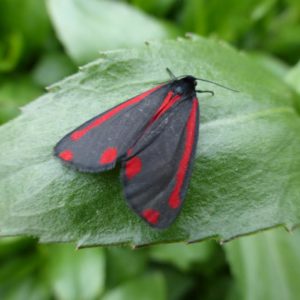
Cinnabar
- Invertebrates
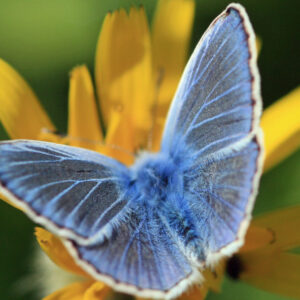
Common Blue
- Invertebrates
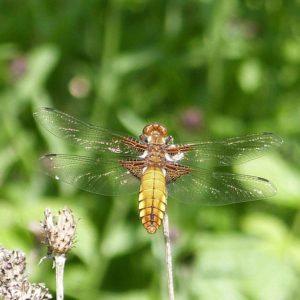
Four-Spotted Chaser
- Invertebrates
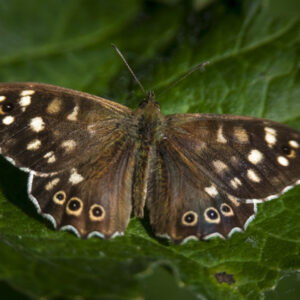
Speckled Wood Butterfly
- Invertebrates
